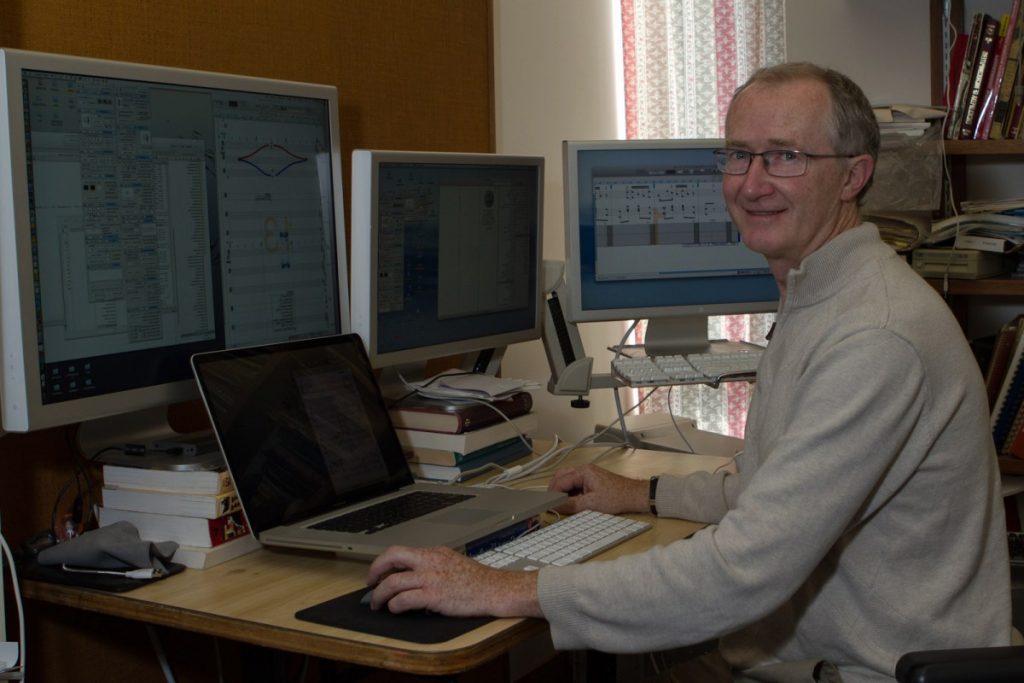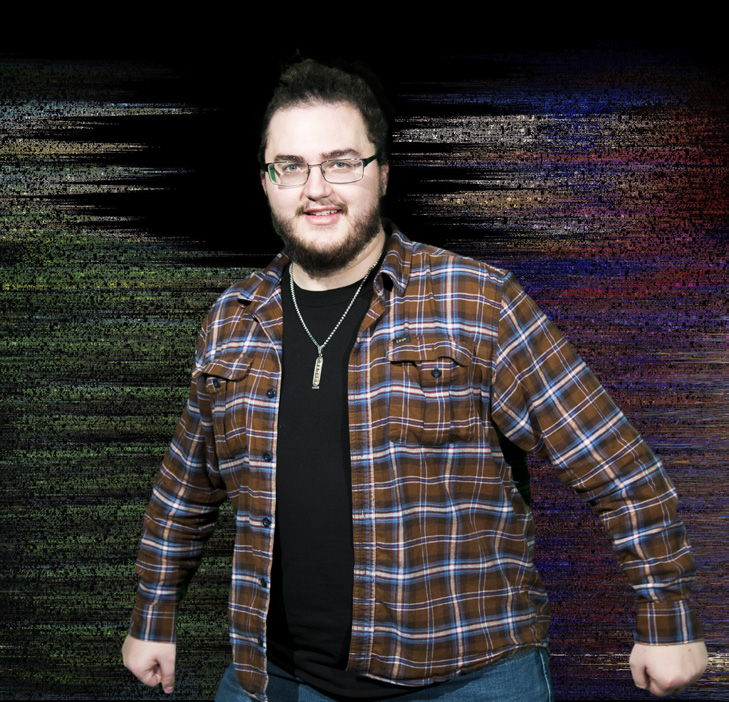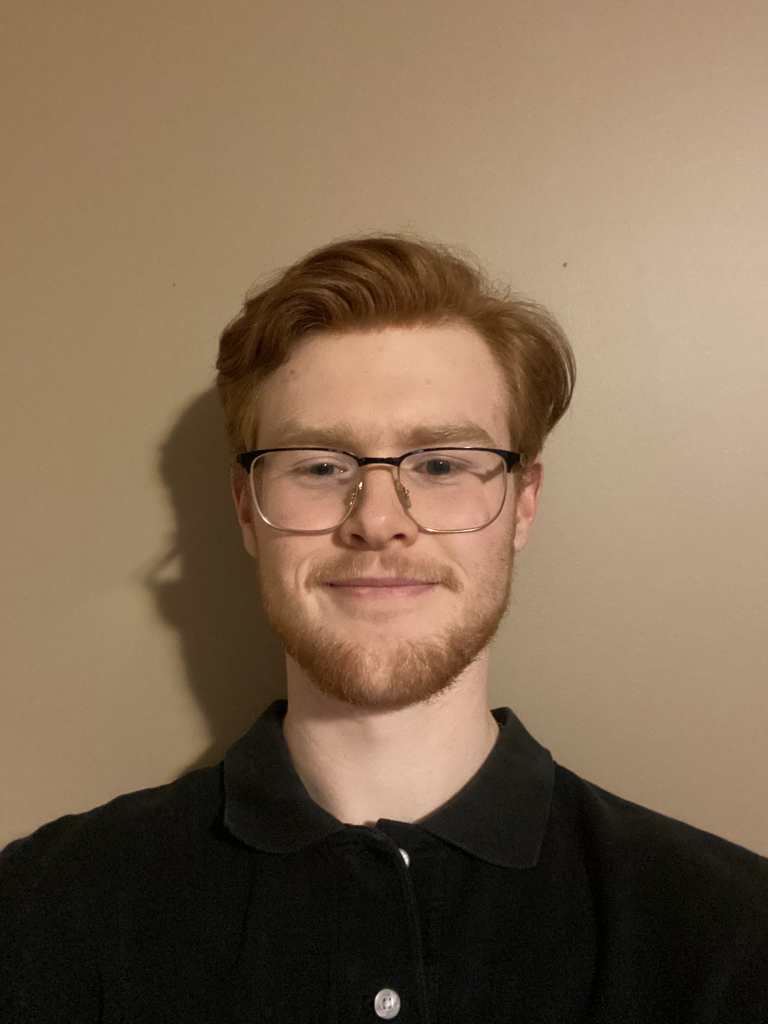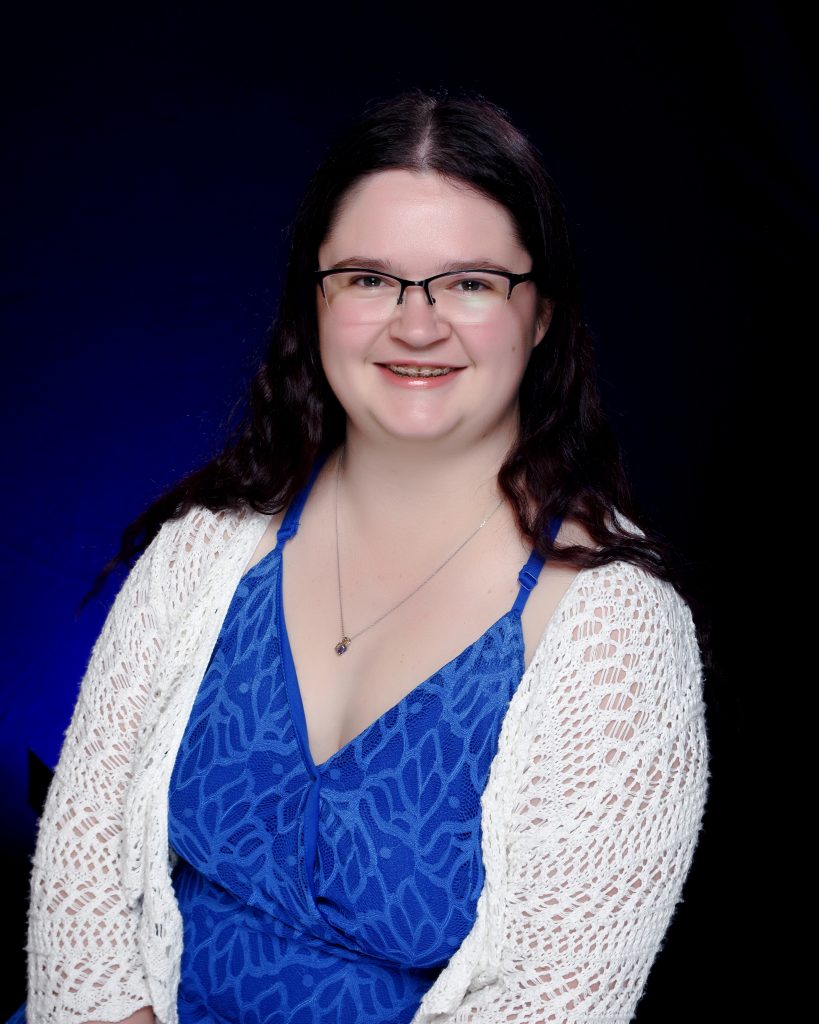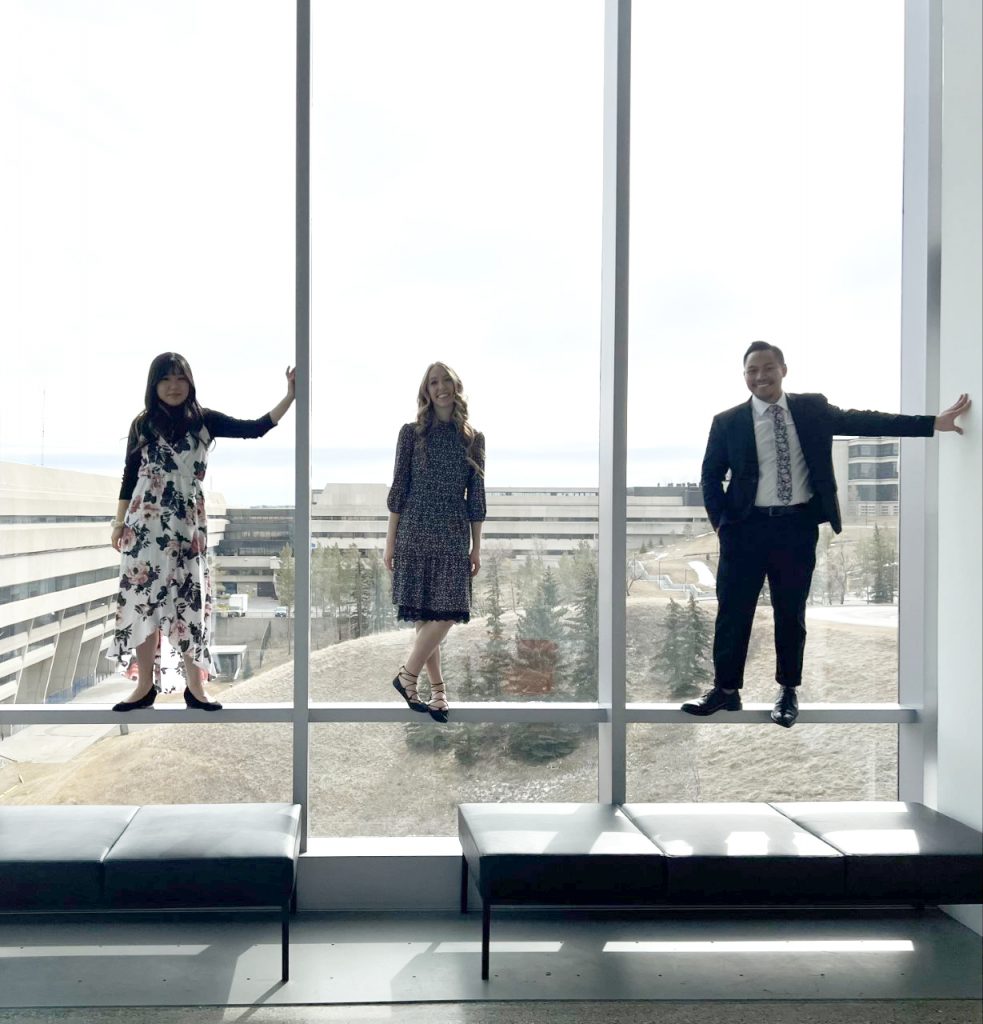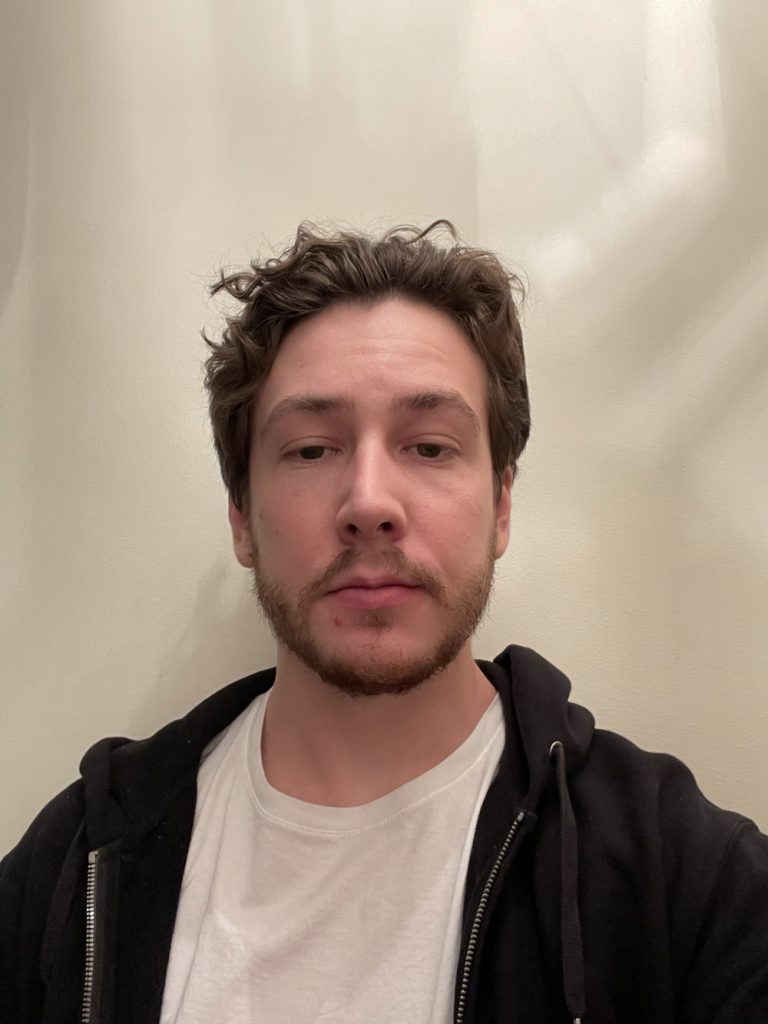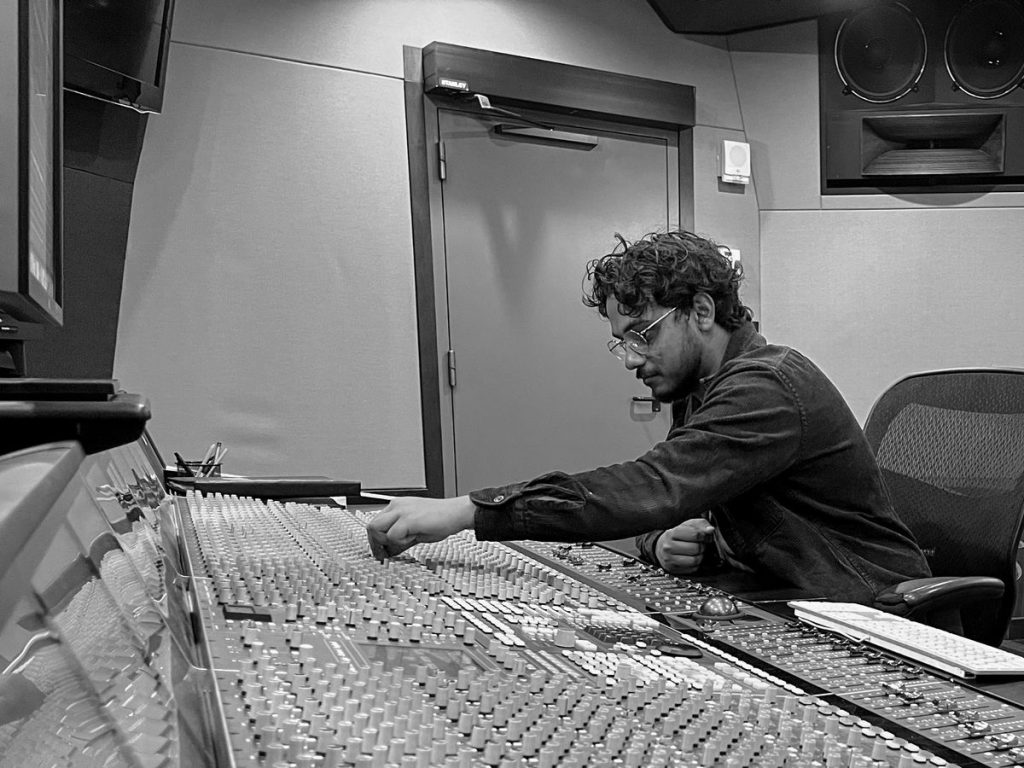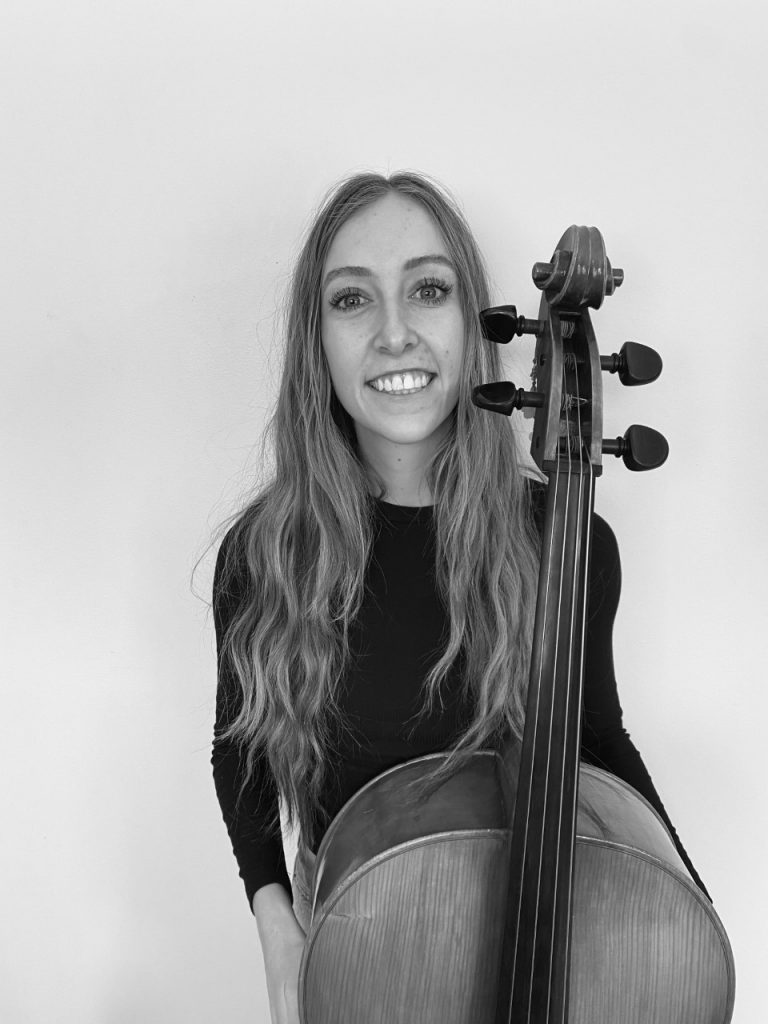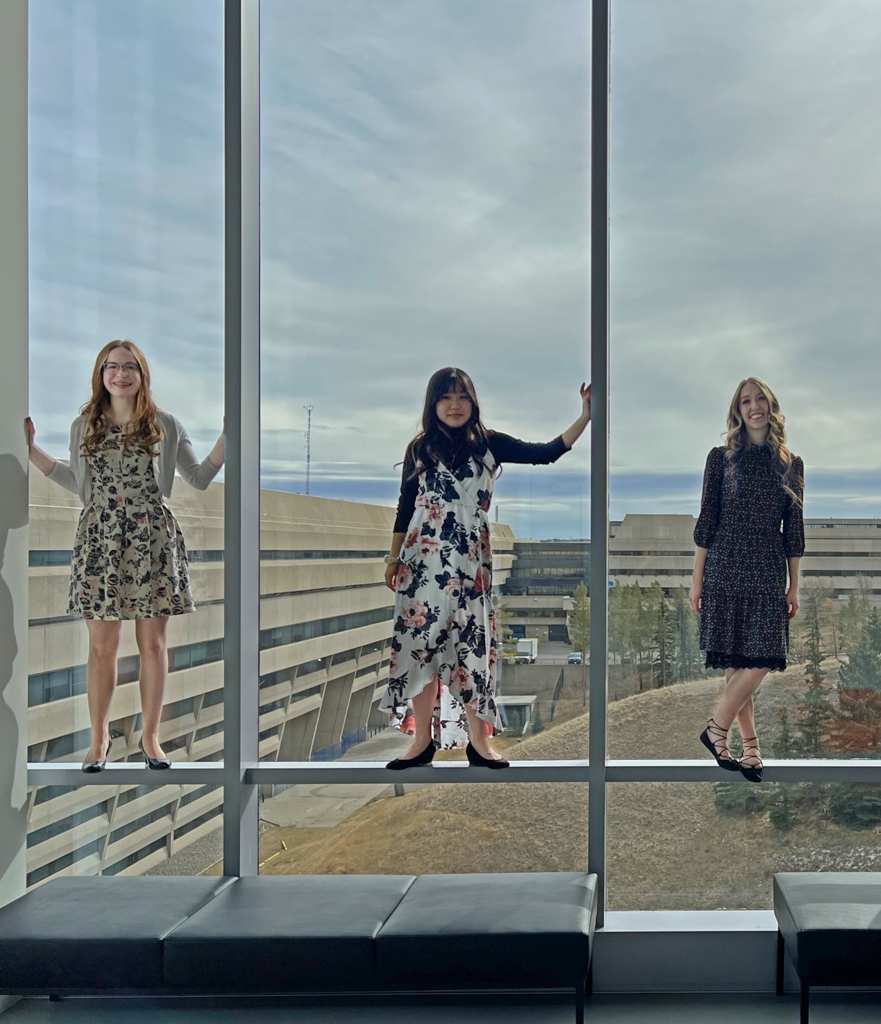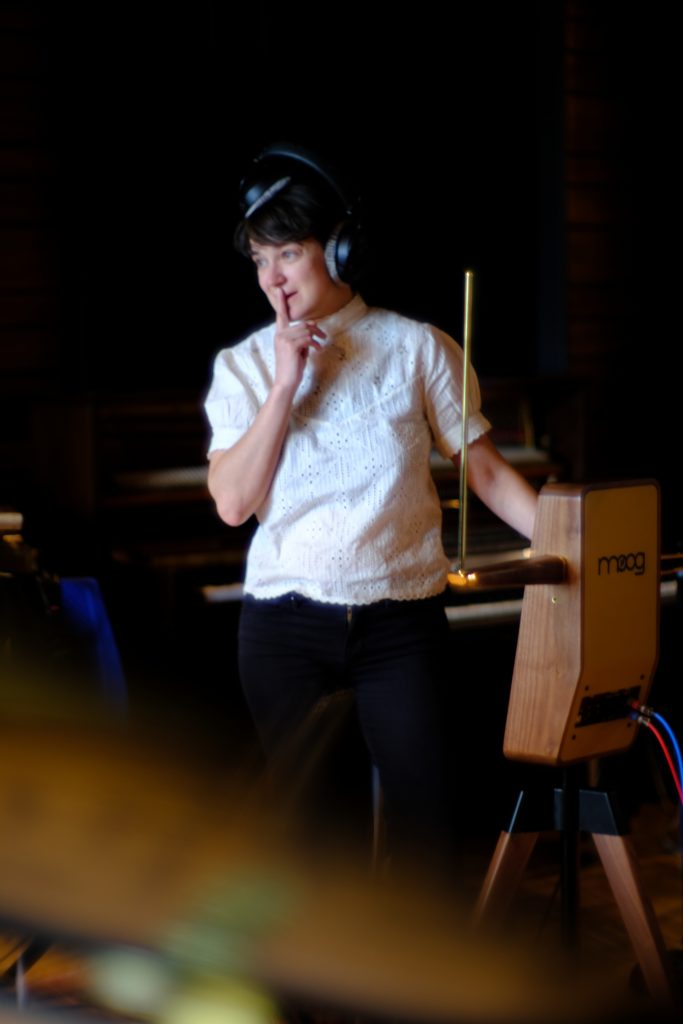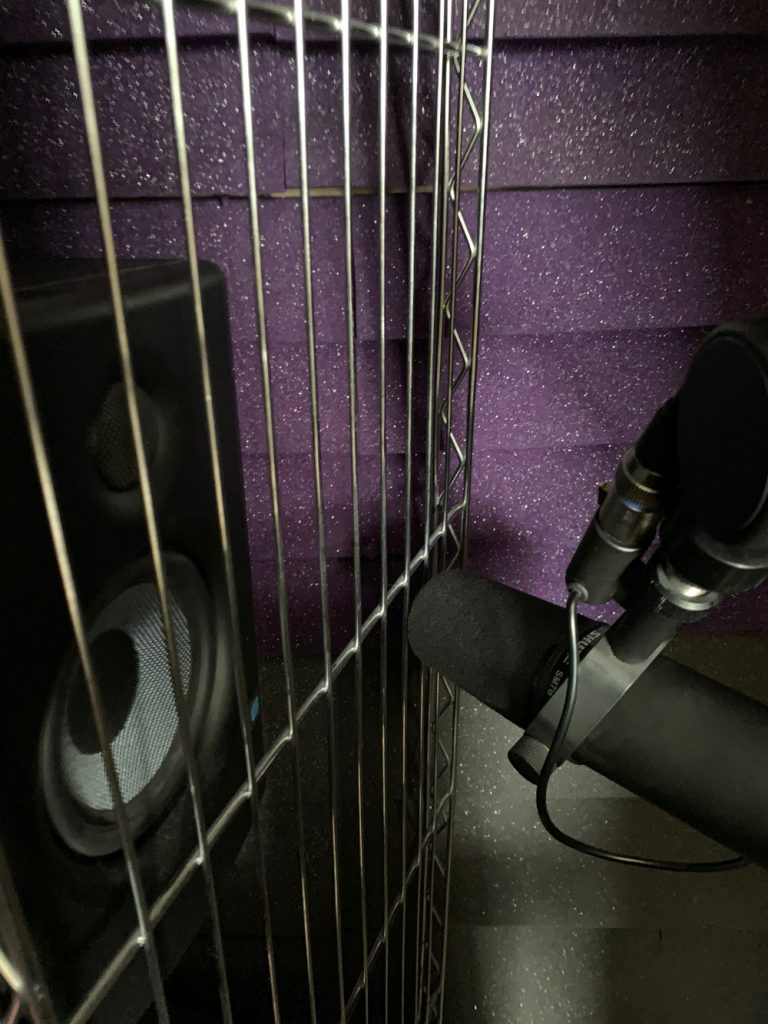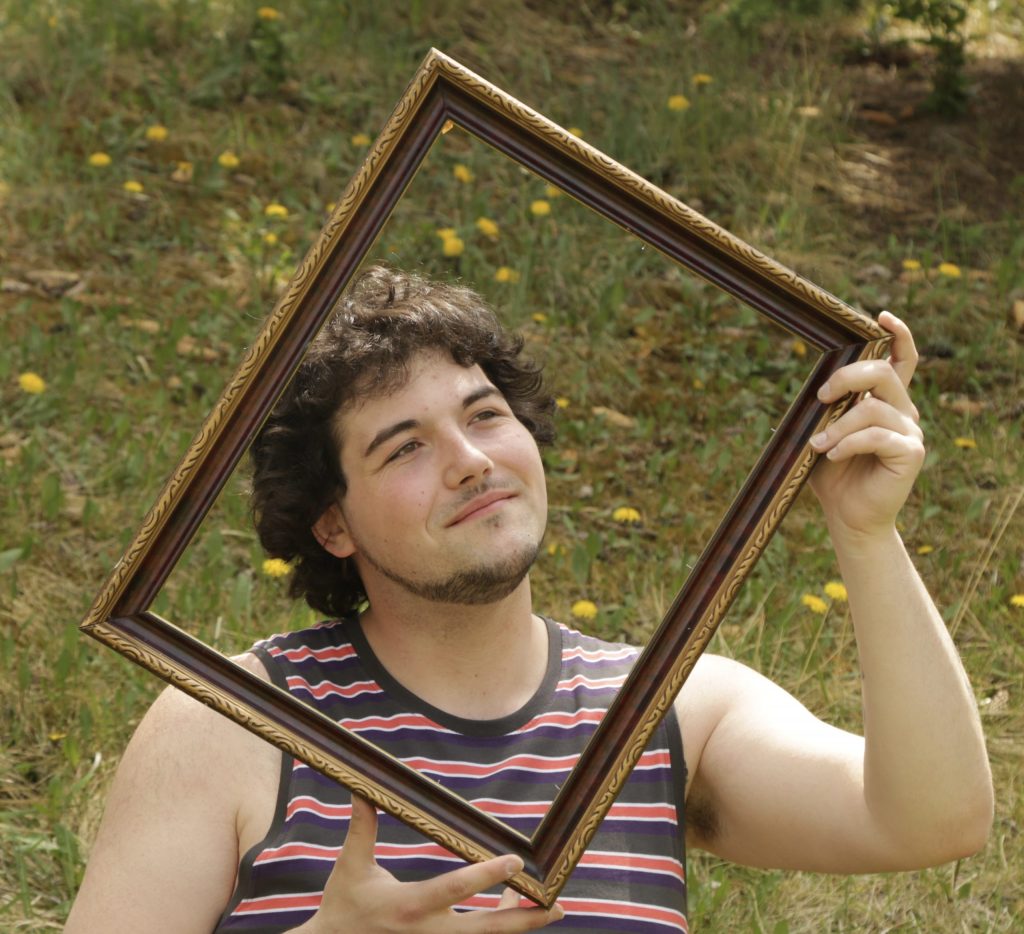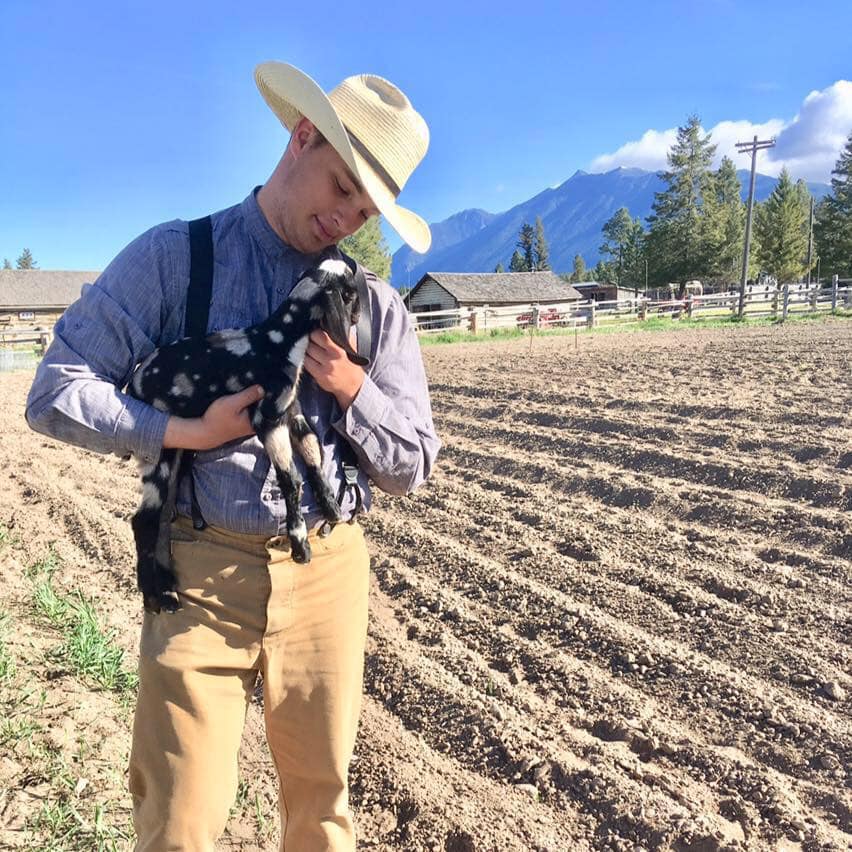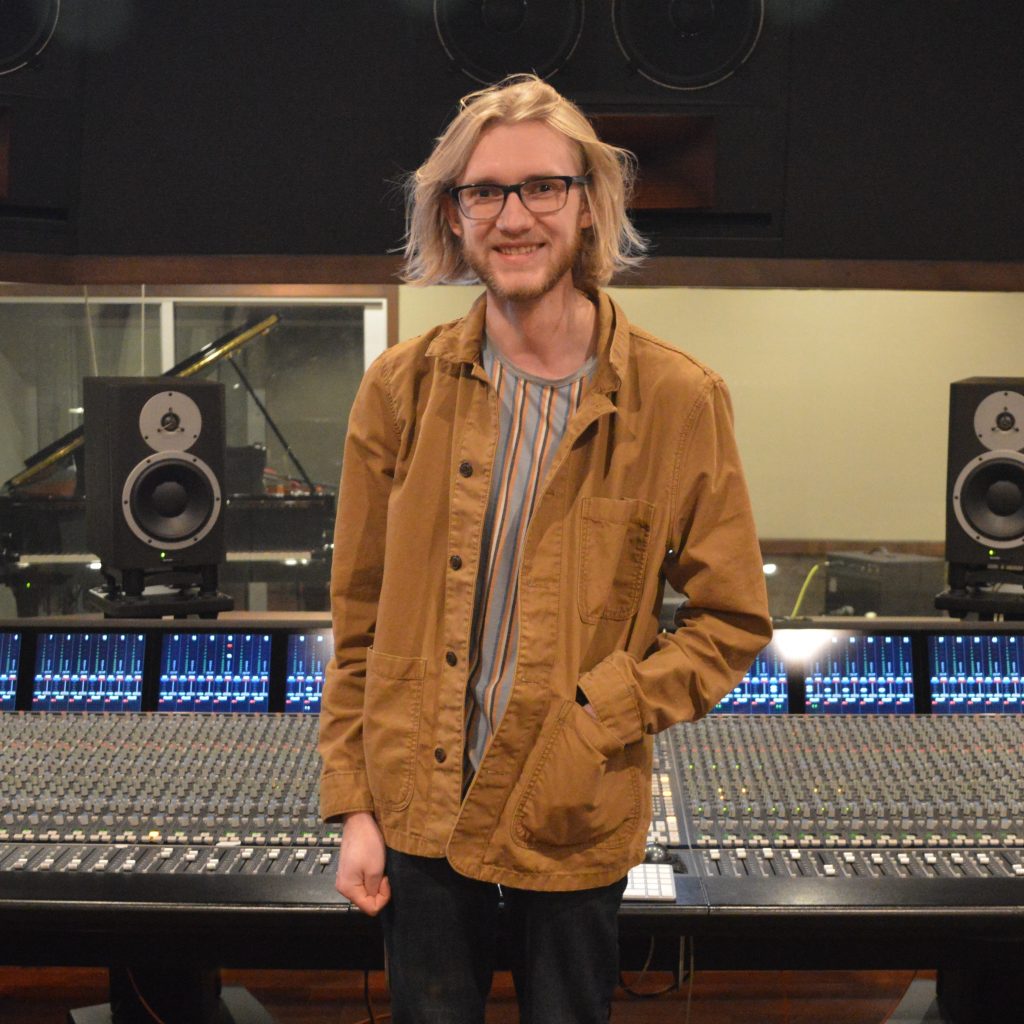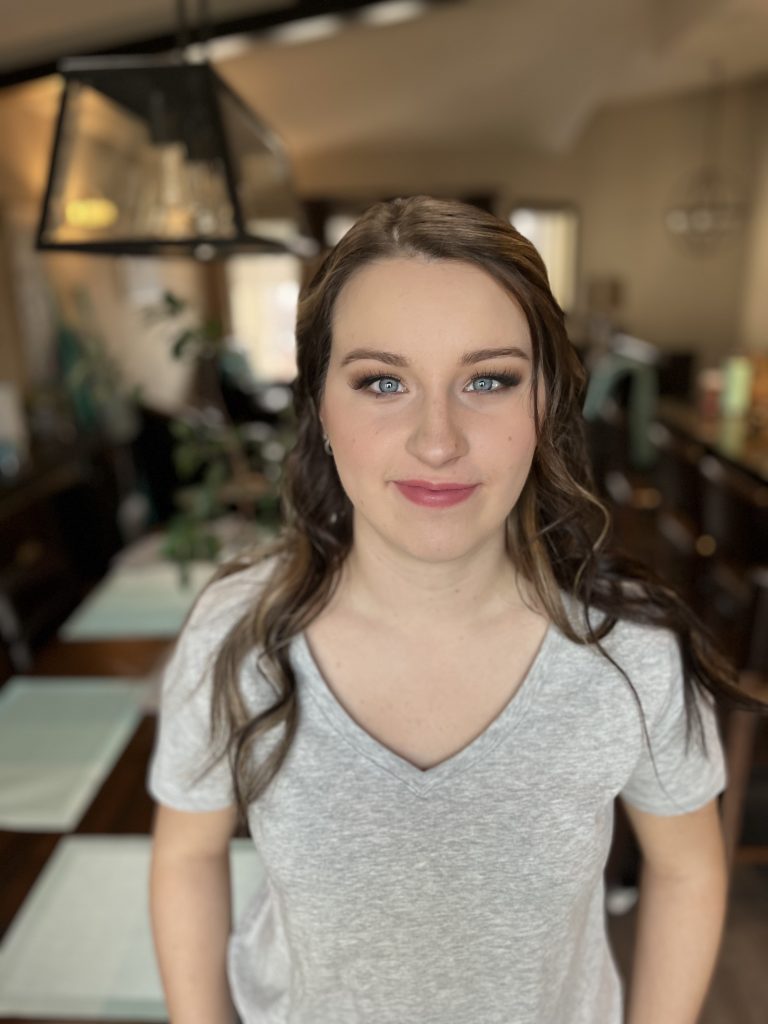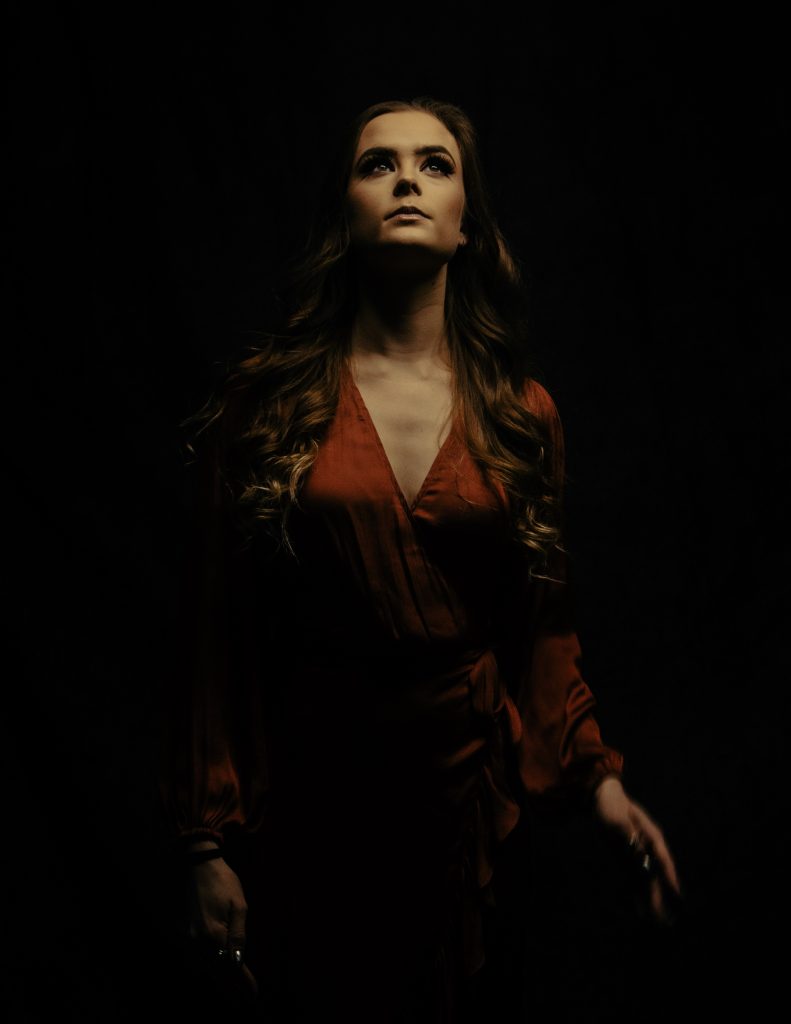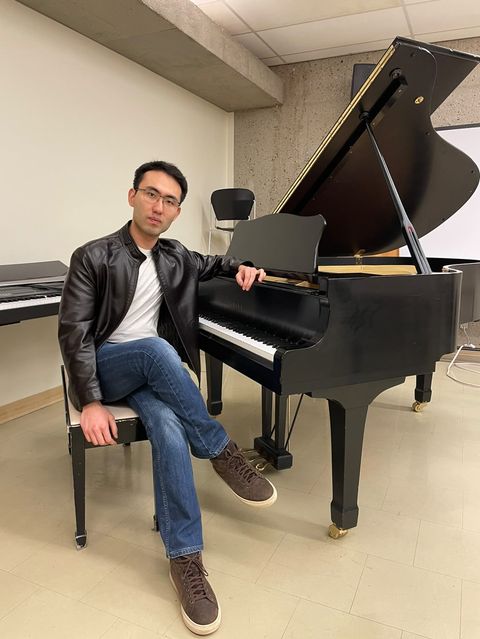Bounce & Cadence – 30 March 2023
In 2023, Bounce & Cadence will take the form of a one-day symposium on 30 March. We anticipate: approximately twelve student presenters conducting a variety of activities including oral presentations, performances, posters, and exhibits. We are also pleased to announce that the conference keynote address will be presented collaboratively by pianist Megumi Masaki and composer Keith Hamel.
Schedule
PROJECT
PARTICIPANTS
07:30
Hall & stage technological set-up
09:00
Welcome message
D. Andrew Stewart
Group no. 1
Mary Mazurek, moderator
09:15
DIY Ribbon Microphone: I can build that!
Benjamin Wellman
09:35
Upgrading the Electric Guitar
Alandra Woycenko
09:55
Creative Spaces and the Impact on Artistic Expression
Evan Brownlee
10:15
Q&A
Group no. 2
Marcela Rada, moderator
10:30
Top-Down Mixing and Inspiration in the Studio
Juan Anez Jalon
10:50
The Immersive Audio "Mix" in Unity
Chris Jerwin
11:10
When Machines Cry: How Technology May Deepen Human Expression
Joel Jastrau
11:30
Q&A
11:45
Break
12:30
Group no. 3: Concert (12:30 to 13:50)
Deanna Oye, moderator
Noise Is Normal
Demi Zalesak and Chris Bernhardt
Cello Concerto No. 1 in A minor, Op. 33: 1st mvt. by Camille Saint-Saëns
Brenna Le May
Myosotis by Jean-Baptiste Fauré
FAB Trio | Brenna Le May, Anna Jeong, Franz Faeldo
Frühlingswonne by Georg Goltermann
FAB Trio | Brenna Le May, Anna Jeong, Franz Faeldo
Tic-k for fixed media
Brett Hollett
Piano Trio No. 2 in E-flat major D.929: 2nd mvt. by Franz Schubert
Anna Jeong, Brenna Le May, Alayna McNeil
Static
Nic Sherman, Carson Rafuse, Jonas Swain, Ahona Sanyal, Daniel-Beeson-Bergeron, Mianna Van Essen
13:50
Break
Group no. 4
Paul Sanden, moderator
14:00
Schubert's Last Piano Sonata: Sweet Dreams or A Cry from Beyond
Allen Zhou
14:20
Object Resonance
Joel Osmond
14:40
The Effects of Background Music on Memorisation
Sarah Chmilar
15:00
Q&A
Group no. 5
Georg Boenn, moderator
15:15
Home Key Music
Colton Vanhooren
15:35
Tuning into the Audible
Christina Milinusic
15:55
Q&A
16:10
Break
Keynote
16:25
Extending the Piano – Interactive Multimedia Works
Megumi Masaki and Keith Hamel
Q&A
17:45
Awards deliberation
18:00
Closing remarks and awards presentation
18:30
Hall and stage tear-down/strike
Abstracts
| KEYNOTE ADDRESS |
Megumi Masaki and Keith Hamel
Extending the Piano – Interactive Multimedia Works
Megumi Masaki and Keith Hamel have collaborated on a number of interactive compositions for piano, live audio processing, and interactive video. These works all involve enhanced live performances in immersive audio-visual environments. Advanced computer technologies, such as gesture tracking of the pianists hands and video that responds to live sound, are used in the development of these works. Despite the reliance on technology in these compositions, the relationship between computer operator and performer is essentially that of two chamber musicians who react and respond to one another in a fluid and dynamic manner. Megumi Masaki and Keith Hamel will talk about several of their recent collaborative works including Piano Games in which the pianist is controlling an interactive video game. As well, Megumi Masaki will present several of the other technology-infused projects she is currently working on.
| PARTICIPANTS |
GROUP NO. 1
Benjamin Wellman
DIY Ribbon Microphone: I can build that!
Is it possible to build your own audio equipment and have it work as well as costly commercially available equipment? In order to attempt to answer this question, I have turned my attention to Do-It-Yourself (DIY) audio culture. I have built a DIY ribbon microphone and tested it against the Royer 121 ribbon microphone for the purpose of exploring whether the DIY route is viable, cost effective, and capable of producing a high quality recording. By focusing on the ribbon microphone, which features a simple design with relatively few components, I was able to build a piece of audio equipment that measures up to the quality of commercial devices. My project also included a testing phase. I conducted sound tests that allowed me to measure, and compare, the frequency responses of both the DIY ribbon microphone and the Royer 121 Ribbon microphone.
Alandra Woycenko
Upgrading the Electric Guitar
In this project, I illustrate the benefits of upgrading an electric guitar, while exploring alternatives to spending a lot of money on an expensive instrument. I show how the quality of the Squier guitar can be upgraded as an alternative to buying a brand-new, high-end, Stratocaster. In addition, I compare the tonal, and aesthetic, qualities – and cost – of the upgraded Squier with the qualities of an American Deluxe Stratocaster. In my project, I propose that learning to upgrade the electric guitar is an important skill for beginners who are just starting out and are unable to spend thousands of dollars on a high-end guitar. If guitarists learned some technical skills, they could upgrade their own guitars, which is a better economical option.
Evan Brownlee
Creative Spaces and the Impact on Artistic Expression
My work looks at the recording studio as a creative space and asks how the physical and technological attributes of the space affect the musical project and its output (i.e., the recording). For my research, I recorded two pieces of music in two different spaces in collaboration with two different artists (singers). One of the spaces was built as a home studio in my own home, and the other space was Studio One at the University of Lethbridge; for the purposes of my research, I consider Studio One to be a good representation of a professional industry studio. My research aims to answer the question of whether the audio engineer/producer and recording artist can achieve similar results in both the home and professional studios. For example, does a low-budget production, which the home studio affords, have the same quality as what is possible in a professional studio? In my work, I also show how my research aligns with the researcher and musicologist Geoff Harkness, and specifically his idea of “The Zone”. Notable producers and artists, who have garnered commercial and critical success creating music from home, include Billie Eilish and Kenny Beats.
GROUP NO. 2
Juan Anez Jalon
Top-Down Mixing and Inspiration in the Studio
Top-down mixing refers to the idea of starting the mixing process of a song with the very “top” of the audio chain: the mix or master bus. Top-down mixing also follows specific methods, which were observed as part of my research project goals. I mixed several pieces in different genres: rock/metal; classical. The duration of each was approximately 3:30 to 4:00 minutes. In addition, each piece was mixed twice: (1) using regular and standard mixing strategies and, (2) with the top-down mixing approach. After mixing each song, I evaluated different factors such as: length of required mixing session(s), effectiveness of each stage of the mixing process and, finally, overall audio quality of the mix. In order to assess the overall quality of the mixes, I compared them to significant recordings in similar genres and with similar lengths.
Chris Jerwin
The Immersive Audio “Mix” in Unity
My research project is an immersive audio project developed in the Unity video game engine. Game engines are capable of complex processes and are powerful tools for game development. For example, the strengths of the game engine can be seen in award-winning games such as God of War and the Uncharted series, which convey diverse narratives through their visuals, environments, gameplay, and sound. Using Unity, I create a type of VR/3D immersive/spatial audio visualiser for exploring alternative mixing methods. As a proof of concept, my visualiser is used to mix free-to-use instrumental tracks by Fleet Foxes and their song, entitled “Cradling Mother, Cradling Woman”.
Joel Jastrau
When Machines Cry: How Technology May Deepen Human Expression
My research explores the impact of technology on creativity. For my presentation, I will share my research and creation journey, which includes exploring synthesisers, non-musical technology, and philosophical principles from Futurism and more. Ultimately, through the presentation of a new electronic music composition, I will illustrate how nurturng the relationship between technology and imagination is invaluable; furthermore, I discuss potential futures for the use and development of technology for music creation.
GROUP NO. 3
Demi Zalesak & Chris Bernhardt
Noise is Normal
This work is performed by Demi Zalesak and Chris Bernhardt. Modular synthesis is central to this piece and is used to sculpt sound through human agency – controlled by the artists, and through random, or chance, procedures. MIDI data produces pseudo-random pitch sequences, creating and manipulating vast chordal textures that resemble synthetic whale song. The performance space is drenched in reverb, showing signs of fatigue and deterioration before annihilating itself in a distorted cacophony at the behest of a digitally mangled “Mark Rothko” – accompanied by a movement artist (Demi Zalesak), who depicts crashing waves through light and dance. Noise is Normal is an homage to John Cage, Death Grips, FKA Twigs, Alyce Santoro, and celebrates the contemporary dance collaborations of Merce Cunningham. Bring your earplugs!
Brenna Le May
Cello Concerto No. 1 in A minor, Op. 33: 1st mvt. by Camille Saint-Saëns
Renowned as a beloved composer, pianist and organist, French composer Camille Saint-Saëns is well known for his Cello Concerto in A minor – a staple and standard of the repertoire. Differing from the introductions of other standard concertos, Opus 33 begins with a dramatic leap into a solo line and follows a similar striking pattern throughout the first movement. The piece allows the performer to showcase a variety of the instrument’s capabilities, including the dramatic use of the violoncello’s rich low register and the instrument’s capacity to produce gentle lyrical melodies. Filled with technical challenges, Cello Concerto No. 1 is a rite of passage for the cellist. Following the piece’s premiere in Paris in 1873, the Revue et gazette musicale de Paris wrote: “We must say that the Cello Concerto seems to us to be a beautiful and good work of excellent sentiment and perfect cohesiveness, and as usual the form is of greatest interest.” The concerto is both a surprise and a delight to listen to and is a favourite among musicians everywhere.
FAB Trio | Brenna Le May, Anna Jeong, Franz Faeldo
Myosotis by Jean-Baptiste Fauré
The FAB Trio is pleased to present the French song, Myosotis. Translated as “Forget-Me-Not” (the flower), this composition is based on a beautiful poem by Antonio Spinelli, depicting the sights and feelings of a blossoming spring nature scene. The musical composition of French composer Jean-Baptiste Fauré is simple, yet elegant; the musical line, in combination with the poem, is the perfect synthesis of a gentle spring scene. Adapted for tenor voice, the vocal line is supported by a piano and cello accompaniment. Though uncomplicated, performing this piece requires a sensitivity to refined details, which are both challenging to execute and exciting to the spirit. Paired with Frühlingswonne by Georg Goltermann – a German song, the FAB Trio proposes a sequence, or series, of songs that complement each other thematically as we approach the arrival of spring following a long Canadian winter.
FAB Trio | Brenna Le May, Anna Jeong, Franz Faeldo
Frühlingswonne by Georg Goltermann
The FAB Trio is pleased to present the German song Frühlingswonne. Translated into English as “Spring’s Delight”, this composition presents a lively melodic line for voice. The German text, written by Gustav Rasmus, depicts beautiful aspects of spring, including descriptions of flowers, forests, animals, and the weather. With a flowing piano accompaniment and a gentle cello accompaniment, the vocal line presents several verses throughout the piece. The musical line, composed by Georg Goltermann, is graceful and distinguished, and uses repetition effectively. Performed with the French work, Myosotis by Jean-Baptiste Fauré, Frühlingswonne signals a new season of growth – a spring of hope, leaving behind the cold of winter.
Brett Hollett
Tic-k for fixed media
This piece presents the constant ticking of time, warped by the perception of one who exhibits tics – a habitual contraction of the muscles, most often in the face. The ticking of time, or passage of time, is warped and distorted by multiple “tics” and the constant ever-present pulsing of a clock, or metronome, or some other rhythmic beat. Lastly, Tic-k is a metaphor for the parasitic tick, which is absorbed, or internalised, by the listener.
Anna Jeong, Brenna Le May, Alayna McNeil
Piano Trio No. 2 in E-flat major, D.929: 2nd mvt. by Franz Schubert
Piano Trio No. 2 in E-flat major is one of the two piano trios that Schubert completed in his final years before his death. The composition is considered one of Schubert’s longest instrumental masterpieces. During this lengthy four-movement work, Schubert uses detailed constructions and conveys a variety of emotions. The second movement, Andante con moto, begins with a sombre march-like texture in the piano and the introduction of a beautiful melody in the cello. As the piece progresses, the music becomes brighter, warmer, and includes the use of more powerful textures. For this performance, the second movement was selected due to its variety, restraint and power. The second movement is arguably the most memorable movement of the composition.
Nic Sherman, Carson Rafuse, Jonas Swain, Ahona Sanyal, Daniel-Beeson-Bergeron, Mianna Van Essen
Static
Static was conceived as a final project for the course, Aesthetic Noise, taught by Dr. Mary Mazurek. The course was an exploration of noise through a philosophical lens. The students explored questions such as: How does the philosopher view noise from an ideology of “too muchness”; How do humans deal with the sublime; How does art portray the human struggle with trauma from the sublime. In Static, I explore the emotions experienced during the destruction of something that we hold dear. I use the sounds of destruction for a performance in order to bring about catharsis and to find the art through it all. This piece is meant to be fully determined by the performers. For example, each interpretation of Static is different because each instrument (each piece of technology used) is determined by the individual performer, who must find significance in their instrumental selection. I premiered Static in collaboration with costume designer Kiera Gemsa in 2022. This first performance used the noises of objects for storytelling. For instance, we started our journey by mimicking a theatre show. We used the sounds of paper pamphlets being handed out to the audience, footsteps through the audience, and a foley crash box being manipulate. In addition, we used the sounds of a VHS tape recorder (e.g., “iconic” sounds of the rewind and eject buttons, the static white noise while ejecting and loading a cassette) to evoke memories of our favourite films. Static became “music to our ears”, hearing sounds that generated feelings of excitement and nostalgia. In some cases, the sounds of past technology are now lost. Nevertheless, we seek them out in an effort to relive past emotions – emotions related to an evolving technological soundscape.
GROUP NO. 4
Allen Zhou
Schubert’s Last Piano Sonata: Sweet Dreams or A Cry from Beyond
Late Schubert piano sonatas are known for their emotional depths. My research is centred on the second movement of Franz Schubert’s last piano sonata, the Piano Sonata in B-flat Major, D.960. My points of interest are the harmonies that Schubert employed and how the harmonies work to support the form and structure, as well as giving the piece its perceived depth of emotion.
Joel Osmond
Object Resonance
In this presentation, I explore the idea of resonance, and the resonance of objects, through music composition. For instance, I have composed a new piece using the techniques and theory of Alvin Lucier’s 1969 composition, I Am Sitting In A Room. However, I applied these techniques to a physical object instead of to an entire room, or space. Through an explanation of my research findings and my composition, I will discuss the acoustical features of my project and address some of the broader questions and criticisms that may arise when viewing experimental sound art with a musical perspective.
Sarah Chmilar
The Effects of Background Music on Memorisation
For my project, I explore how listening to background music impacts people’s ability to concentrate and memorise information. My project is significant because many students use background music to improve concentration while completing homework and other tasks. There is evidence to suggest that different types of background music affect people’s memory differently and can influence what they remember. I am also interested in investigating whether lyrics, as a component of background music, affects a person’s memory during a memorisation task.
GROUP NO. 5
Colton Vanhooren
Home Key Music
Built upon research conducted during the fourth year of a Bachelor’s degree, my team and I now have a working prototype of the Home Key Music software. Our goal is to develop a music education software package that provides a robust experience for music theory training and ear training. We are focussed on building fluency through a three-step training process that includes developing a back end based on machine learning and building an XR interface for using the software. During my presentation, I hope to generate a conversation with the audience and gather feedback from audience members, for whom this software could be beneficial. A Kickstarter website is coming soon!
Christina Milinusic
Tuning into the Audible
Tuning into the World is an arts-based research project probing human connections to the physicality and phenomena of sound. Sound shapes our spatial reality. Analog and digital technologies, including custom build listening devices, spatial field recordings, and unconventional mixing practices are used to show that sound shapes human space. The theremin, a space-controlled instrument, facilitates physical engagement with sound in space. Performances on theremin, sound visualizations using a Chladni plate, and creative electroacoustic sound production devices are used to interact with and draw analogs to specific acoustic environments under investigation. The methodology of this project engages with the creation of aural adventures through geological, biological, and anthropological soundscapes.


